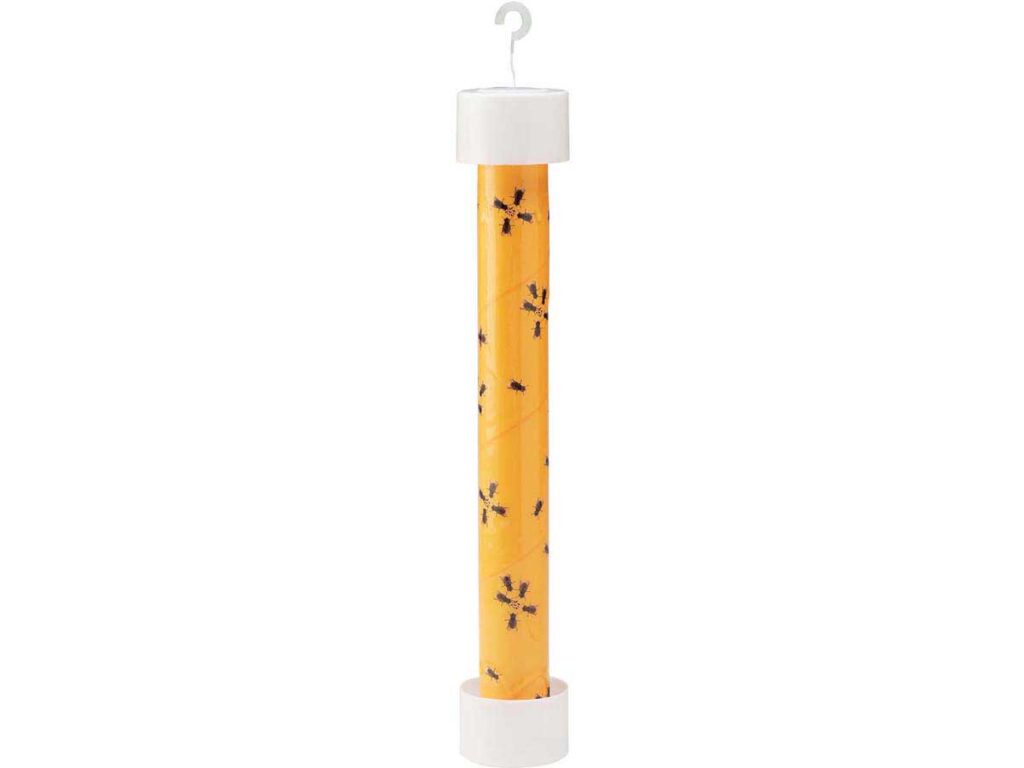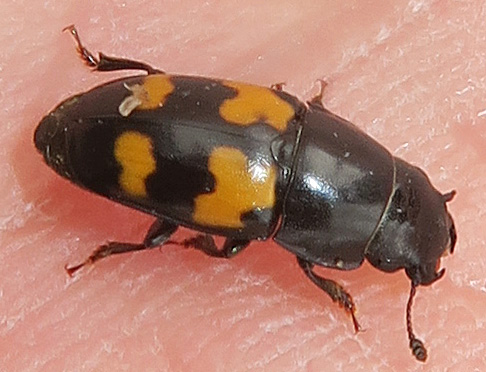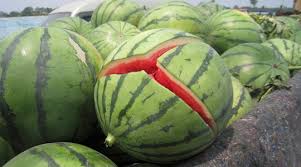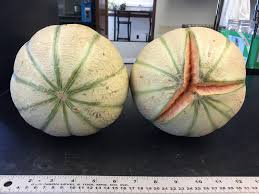Flies and more flies in the house, I am getting sick of it! They say find the source and remove it, the source is the farm!
So I need to kill them in the house. The best method I have found is the sticky yellow tubes that you can hang. Just do not bump them with your head. You can get fly trap jugs, I found them to be very stinky. I use a milk jug with apple cider vinegar or a little fruit in water and honey.
There are fly bait stations where you place bait in special containers outside, but be careful of the actual baits around pets or humans for they are very poisonous.
Then spray a residual insecticide around the outside of window and doors and other entry points of the house. Make sure your window screens are not torn or have holes.
There is a “newer” innovation called a fly light trap. It is a fly zapper using UV light for indoor areas. You can always get your cardio workout with the flyswatter!

These sticky fly tubes work about the best inside of my home. I place them by windows up high enough where you will not get caught on them (or the dogs). I do not like to use insecticide sprays indoors or the flycatcher jugs which have a bad odor to them.



